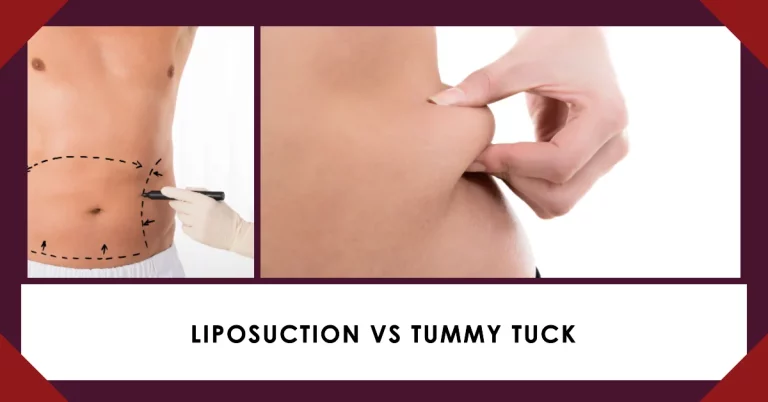Difference Between Swedish And Deep Tissue Massage
Massage therapy, a undying exercise, offers profound benefits for the body and thoughts, starting from stress comfort to progressed bodily fitness. Understanding the differences among Swedish and deep tissue massage is essential for choosing the right therapy to suit your wellness goals.
Key Differences 🗝️
- Pressure:
- Swedish: Light 🍃
- Deep Tissue: Firm 💪
- Focus:
- Swedish: Relaxation 😌
- Deep Tissue: Pain Relief 🎯
- Techniques:
- Swedish: Soft, long strokes ✨
- Deep Tissue: Slow, deep strokes 🌊
Why Choose? 🤔
- Swedish Massage: Ideal for first-timers and those seeking stress relief and gentle relaxation.
- Deep Tissue Massage: Perfect for tackling chronic pain, muscle knots, and tension.
Dive into Swedish Massage: A Soothing Escape
Origins & Definition: Swedish massage, the quintessential relaxing massage, originated in the early 19th century. Crafted to enhance blood flow, eliminate toxins, and soothe muscles, it’s the epitome of relaxation therapy.
Techniques:
- Effleurage: Gentle strokes glide over the body, easing the mind.
- Petrissage: Kneading muscles, releasing knots and tension.
- Tapotement: Rhythmic tapping that awakens and invigorates.
- Friction: Intense circular motions targeting deeper discomfort.
Benefits:
- Stress Relief: Melts away mental stress, promoting tranquility.
- Circulation Boost: Enhances blood flow, nourishing cells and tissues.
- Flexibility: Loosens tight muscles, increasing movement range.
Unraveling Deep Tissue Massage: Intensity Unleashed
Origins & Definition: Deep tissue massage, designed for deeper muscle and tissue layers, focuses on realigning and healing. It’s ideal for those with chronic pain or deep-seated tension.
Techniques:
- Slow, Deep Strokes: Penetrate deep muscle layers, easing stiffness.
- Trigger Point Therapy: Targets precise areas of tension for relief.
- Myofascial Release: Loosens the fascia, enhancing muscle movement.
Benefits:
- Chronic Pain Relief: Alleviates persistent pain, offering comfort.
- Posture Improvement: Corrects alignment issues, promoting better posture.
- Athletic Performance: Enhances recovery and performance in athletes.
Key Differences Between Swedish and Deep Tissue Massage
Understanding the fundamental distinctions between Swedish and deep tissue massage is essential for selecting the type that best aligns with your wellness needs. Here’s a detailed comparison:
A. Pressure Applied During the Massage
- Swedish Massage: Utilizes a light to medium touch, making it accessible and comfortable for people of all ages and conditions. This gentler approach is designed to promote relaxation and increase the oxygen flow in the blood, effectively releasing toxins from the muscles.
- Deep Tissue Massage: Characterized by its use of deep, firm pressure, this type of massage reaches the deeper layers of muscle and connective tissues. It’s aimed at breaking down knots and relieving pressure points throughout the body. While beneficial, the intensity of the pressure used can sometimes lead to discomfort during and immediately after the session.
B. Focus Areas and Target Issues
- Swedish Massage: The primary goal is general relaxation and stress relief. It’s an excellent choice for those looking to unwind and ease mild tension without focusing on chronic pain or specific areas of discomfort.
- Deep Tissue Massage: Specifically targets muscle knots and chronic pain issues. It’s particularly effective for individuals experiencing consistent pain, are involved in heavy physical activity, or have sustained physical injury. This targeted approach helps to correct muscle imbalances and rehabilitate injured areas.
C. Techniques Used in Each Massage
- Swedish Massage Techniques:
- Effleurage: Smooth, gliding strokes that warm up the muscle tissue.
- Petrissage: Kneading motions that target deeper muscle tissues.
- Tapotement: A series of tapping or percussive movements to invigorate muscles.
- Friction: Applied pressure to generate heat, increasing blood flow and loosening tight muscles.
- Deep Tissue Massage Techniques:
- Slow, Deep Strokes: Focus on specific areas to relieve tension and muscle knots.
- Trigger Point Therapy: Applies direct pressure to release points of tension in the muscle.
- Myofascial Release: Targets the connective tissue (fascia) to restore mobility and relieve pain.
D. Intensity and Discomfort Level
- Swedish Massage: Known for its soothing and gentle approach, it offers a therapeutic experience that promotes relaxation and well-being without causing pain or discomfort. It’s a massage that many find to be profoundly calming and rejuvenating.
- Deep Tissue Massage: Due to its focus on deep layers of muscle and fascia, it can lead to discomfort during the session. However, this discomfort is a part of the therapeutic process to release deep-seated tensions and knots. It’s not uncommon to experience some soreness after a deep tissue massage, but this typically subsides within a day or two.
Choosing the Right Massage for You
When deciding between Swedish or deep tissue massage, consider your desired outcomes, current physical condition, pain levels, and personal preferences.
Desired Outcomes
If your primary goal is to unwind and feel more energized, Swedish massage may be the better option. For chronic muscle problems and rehabilitation, deep tissue massage might suit your needs better. Discuss your main objectives with your massage therapist.
Current Physical Condition
If you are generally healthy with minimal pain, Swedish massage can help maintain wellness. Those with injuries, chronic pain, or postural dysfunction may benefit more from deep tissue techniques. Let your therapist know about any health concerns.
Pain Levels
Swedish massage is ideal for those newer to massage and wanting gentle pressure. If you have high pain tolerance and knots that Swedish massage can’t relieve, explore deep tissue massage. But the discomfort may be too much if you are very sensitive to pressure.
Personal Preferences
Think about your preferences for massage setting, ambiance, music, communication style, draping, and oil or lotion. This can influence whether you feel more comfortable with Swedish or deep tissue applications. Consider trying both to see which massage best fits your needs.
Consulting With a Massage Therapist
To help determine if Swedish or deep tissue massage would better suit your needs, schedule a consultation with a qualified massage therapist.
During the consultation, discuss your:
- Main problem areas and symptoms
- Goals and expected outcomes for massage
- Current medications or medical conditions
- Pressure preferences and sensitivity or pain points
Based on the assessment, the therapist can make professional recommendations on whether Swedish or deep tissue massage would be more beneficial. They can also suggest a customized blend if a pure Swedish or deep tissue massage does not fit your situation.







